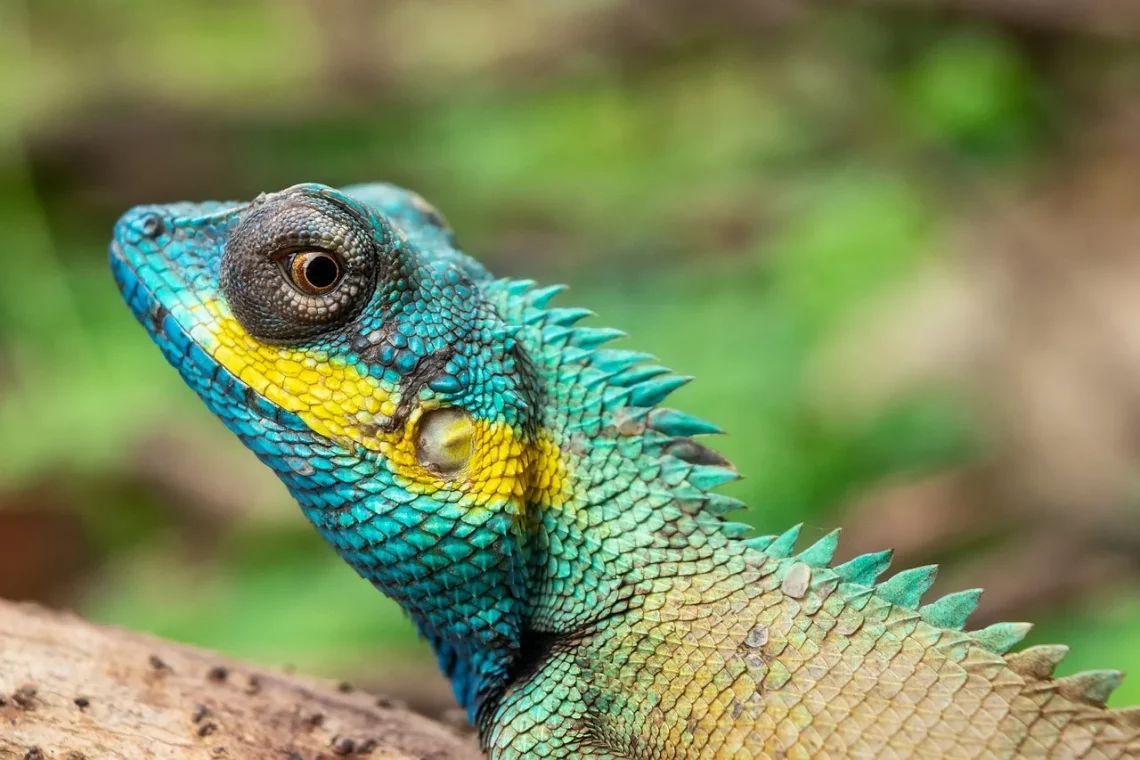
The Fascinating World of Pink Leopard Geckos as Pets
The allure of exotic pets has captivated animal lovers for generations, and among these unique creatures, the pink leopard gecko stands out as an intriguing option for potential pet owners. With their striking appearance and charming personalities, these reptiles have gained a loyal following. Their vibrant coloration, especially the captivating pink hue, makes them a visually appealing choice for those looking to diversify their pet collection.
Pink leopard geckos are not only aesthetically pleasing but also boast a range of fascinating characteristics that make them suitable for both novice and experienced reptile enthusiasts. With a relatively easy-care regimen and a generally docile demeanor, they offer a unique blend of beauty and companionship.
As the popularity of these geckos continues to rise, it’s essential for prospective pet owners to understand what makes them special and how to provide them with the best care possible. From their natural habitat to their dietary needs, there’s much to explore in the world of pink leopard geckos.
Understanding the Natural Habitat of Pink Leopard Geckos
To appreciate the pink leopard gecko fully, it is crucial to understand their natural habitat. These reptiles are native to the arid regions of Afghanistan, Pakistan, and India. They thrive in dry, rocky environments where they can find ample hiding spots among the crevices of rocks and burrows. This natural habitat influences many aspects of their care in captivity.
In the wild, pink leopard geckos are nocturnal, meaning they are most active during the night. They have developed adaptations that allow them to navigate their environment in low light conditions. This nocturnal nature affects their behavior and feeding habits, making it essential for pet owners to replicate a similar environment in captivity.
When setting up an enclosure for a pink leopard gecko, it’s vital to create a habitat that mimics their natural surroundings. A terrarium with a temperature gradient, where one side is warmer and the other cooler, is ideal. This allows the gecko to regulate its body temperature effectively, which is crucial for its health.
In terms of substrate, options like reptile carpet, paper towels, or coconut fiber can be used. Avoid using sand, as it can lead to impaction if ingested. It’s also important to provide hiding spots, such as caves or logs, where they can retreat and feel secure.
Moreover, maintaining proper humidity levels is crucial. While leopard geckos prefer a dry environment, a small humidity hide can assist in shedding and overall well-being. Regular monitoring of temperature and humidity is essential for the health and happiness of these geckos.
Feeding Your Pink Leopard Gecko: Dietary Needs
Diet plays a pivotal role in the health of your pink leopard gecko. In the wild, these reptiles primarily feed on insects, such as crickets, mealworms, and roaches. As a pet owner, replicating this diet is vital to ensure they receive the necessary nutrients.
Feeding your pink leopard gecko a varied diet is important for their overall health. Crickets should be offered as a staple food source, while mealworms and waxworms can be provided as treats. It’s also essential to ensure that the insects are appropriately sized—generally, the prey should not be larger than the width of the gecko’s head.
In addition to live food, it is crucial to dust the insects with a calcium and vitamin D3 supplement. This practice helps prevent metabolic bone disease, a common health issue in reptiles caused by calcium deficiency. Offering a varied diet and ensuring proper supplementation will contribute to a robust, thriving gecko.
Hydration is equally important; while geckos are adapted to arid environments, they still require access to fresh water. Providing a shallow water dish in their enclosure allows them to drink when needed. However, be cautious not to allow the water to become stagnant or dirty, as this can lead to health issues.
Lastly, observe your gecko’s eating habits. A healthy leopard gecko will have a good appetite and show interest in food. If you notice changes in their eating behavior, it may be a sign of stress or health issues, warranting a trip to the veterinarian.
Socialization and Handling of Pink Leopard Geckos
Understanding how to properly handle and socialize with your pink leopard gecko is crucial for building a bond with your pet. While these reptiles are generally docile and can become accustomed to handling, it’s essential to approach them with care and patience.
When you first bring your pink leopard gecko home, give it time to acclimate to its new environment. Avoid handling for the first few days to allow it to settle in. Once it appears comfortable, you can begin to introduce handling slowly. Start by offering your hand for the gecko to explore, allowing it to come to you rather than forcing interaction.
When picking up your gecko, support its body gently and avoid grabbing it by the tail, as this can lead to stress and even tail loss. Instead, scoop it up from underneath, providing a sense of security.
Regular handling can help your gecko become more accustomed to human interaction. However, be mindful of their mood; if your gecko seems stressed or agitated, it’s best to give it some space.
Socialization can also include providing enrichment in their habitat. Incorporating climbing structures or interactive toys can stimulate their natural instincts and keep them engaged. A well-stimulated gecko is likely to be more relaxed and easier to handle.
Always remember that every gecko is an individual, and personalities can vary significantly. Some may be more social than others, so patience and understanding are key to developing a trusting relationship.
Common Health Concerns and Care Tips
While pink leopard geckos are relatively hardy pets, they can experience health issues if not provided with proper care. Being aware of common health concerns can help prevent serious problems and ensure your gecko remains healthy and happy.
One of the most common issues faced by leopard geckos is metabolic bone disease (MBD), which is caused by a lack of calcium and vitamin D3. To prevent this condition, ensure a balanced diet rich in calcium and provide UVB lighting if possible. Regularly dusting their food with supplements is also critical.
Additionally, impaction can occur if your gecko ingests substrate or oversized prey. Always monitor what your gecko consumes and provide an appropriate diet. If you suspect impaction, consult a veterinarian immediately.
Another concern is shedding problems. Geckos may struggle to shed if humidity levels are too low. Providing a humidity hide can assist in this process. If you notice retained shed around the toes or eyes, gently assist in the shedding process by soaking the gecko in lukewarm water for a brief period.
Lastly, regular veterinary check-ups are essential to ensure your gecko remains healthy. A reptile-savvy veterinarian can provide valuable insights into your pet’s health and any potential issues.
In summary, while pink leopard geckos are relatively low-maintenance pets, staying vigilant about their health and well-being will contribute to a long, happy life together.
*This article is not intended as medical advice. For any health concerns regarding your pet, please consult a qualified veterinarian.*




